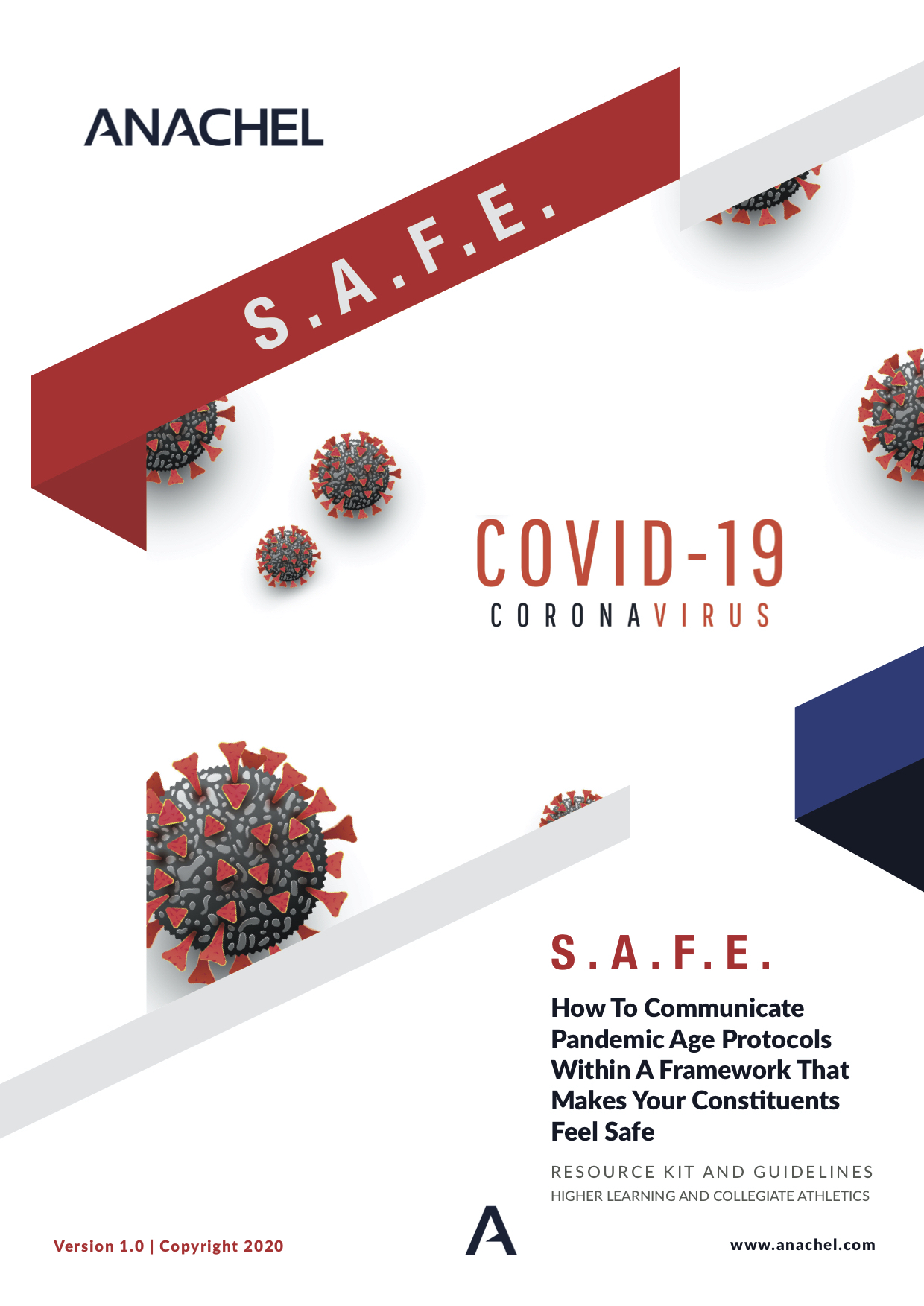Any smart company already has a crisis communications plan in place. Corporate crisis plans, however, tend to rely on how to best manage external threats to the company and potential operations flaws that put the company in legal jeopardy. Few companies have serious plans on how to manage potentially destructive behavior by its executives and board members. That must change.
Moving forward individuals and companies should assume that any allegation of sexual misconduct will become public. The media are dedicating resources to coverage of allegations against high profile business leaders and the public is consuming the content and taking action against companies and its leaders guilty of wrongdoing.
Companies that are slow to take action against executive wrongdoing will suffer damage to their reputation, loss of revenue, and potentially complete implosion of operations. As such, now is the time for companies to establish better protocols for how to identify and take action if and when serious allegations are raised — whether they occurred in the workplace or not.
There has already been a lot written about steps to be taken from a Human Resources perspective including a recent article published by the Society for Human Resource Management titled “Workplace Sexual Harassment: Me Too or Not Us?” The article, written by Christina M. Reger, Esq. and Robyn Forman Pollack, Esq. provide wise guidance to employers: “Ignoring claims, whispers, or “open secrets” about bullying, sexual harassment and other predatory conduct will (not may) have severe ramifications for any company. In addition to legal and financial consequences, dismissing or even discounting employee complaints will have a domino effect inside an organization:
- “It sends a message of unacceptable behavior which permeates the organization’s culture.
- “It rewards the wrong individual and legitimizes the conduct, while simultaneously further stigmatizing the victim.
- “It can have a disastrous effect on the future sustainability of the company once exposed.”
So, what happens when a chief executive accused of sexual harassment becomes public? How should companies communicate about it and to whom? The remainder of this article focuses on how companies should proceed from a communications perspective when faced with sexual harassment allegations that become public.
Scenario
Let’s consider a scenario where a company learns of a sexual harassment suit against its chief executive from an online news report. The report claims the CEO is being sued for making unwanted sexual advances to an employee in exchange for a promotion. Social media is lighting up about the allegations, employees are talking, calls are coming in from the media, board members are asking questions and customers are judging.
Immediate steps
Once a threat is lodged against an executive or the company, the crisis protocol should be launched. It will be important to be in agreement for steps that need to be taken in the first hour and within the first 24 hours. These decisions will largely be driven by several factors including:
- What are the facts?
- Is the allegation credible?
- Who needs to be informed of the allegation?
- Is the story being accurately reported?
- What are the next steps?
Initial Action
Companies have options of which steps to take depending on the facts, which include dismissal or suspension of the executive, or full on defense of the executive. The given action will depend on what the company leaders learn following an initial inquiry and investigation into the matter (which obviously must include an interview of the accused).
For the purposes of this article let’s assume the executive claims no wrongdoing and the facts are circumstantial at best.
Designated spokesperson
As part of the crisis protocol there should be a designated media spokesperson who will serve as the face of the company during a crisis. Most of the time this should be the VP Communications, which can ensure the company is responsive to the claims and positively represent the company. For internal communications it makes sense to follow normal company policy as long as the message is consistent. For example, if HR normally communicates with employees then it should continue to do so in unison with the VP communications.
Company statement
Meanwhile, rumors are spreading like wildfire on social media; reporters and others are waiting for answers. Something has to be done and quick to manage the message. A prepared company will have a “standby statement” on the ready, update it and distribute upon request and as needed on social media.
It’s important to say that “no comment” is a terrible response. It sends a message that the company is on the defense and the executive is most likely guilty. Second, it surrenders any opportunity to shape the narrative. So, take the opportunity to make a well constructed and thoughtful statement.
The initial statement should do three things. First, it should acknowledge the allegation(s) and that the company is actively engaged in getting the facts. Further, the company should use language that recognizes the seriousness of sexual harassment and repeat company policy that it has a zero tolerance for any such conduct regardless of title or position in the company. The third element of the initial statement should be to let your audiences know that updates will be provided as necessary. In no instance at this stage of the process should a spokesperson speculate or discuss any of the allegations.
This may seem pretty bland to many (especially those audiences who want a head on a platter), but it allows the company to be responsive and engage in the dialogue. It also buys the company some time to better understand the facts and what the company is truly facing.
Social media channels must be monitored regularly for false information and the gauge reaction to news and statements. Obviously, the same message shared with traditional media should be shared on the social media platform.
As said above, consistent messaging should be sent to employees and other key stakeholders from normal channels of communications. Employees should be reminded to be careful about what, if anything, they say about the matter, and certainly not to speculate.
Finally, any and all communications must be coordinated with the legal team and approved by the crisis team.
After the first 24 hours
Following the initial company statement there should not be any back and forth with media and others. The company statement should stand on its own as long as nothing about the matter materially changes. Media and social media should be monitored for information and misinformation.
Reputation Management
Skipping ahead to the final action, the company will want to be prepared to communicate about moving forward. Whether the executive is exonerated or found guilty, there will be reputation work to do.
If the executive is dismissed from the company, it will be important to reassure key audiences that the company takes the issue seriously and has taken steps to try to prevent it happening in the future. The company should develop specific steps with regard to how it will do a better job to create a better workplace and it should be communicated broadly to key stakeholders.
If the executive is exonerated, it is still worth restating the importance of safe work environments and the corporate policy on sexual harassment and how issues can be reported
The tolerance for sexual harassment has finally reached a tipping point. Victims are being heard and the media is exposing wrongdoing on the part of powerful people. These are ultimately positive steps for businesses and the people who work in them. As the allegations are taken seriously and reported by the media companies must be prepared to act quick and take positive action.
Thank you to Anachel partner Ramsey Poston for this insightful blog.
Reaching out to info@anachel.com if you need a concierge consult.
###







